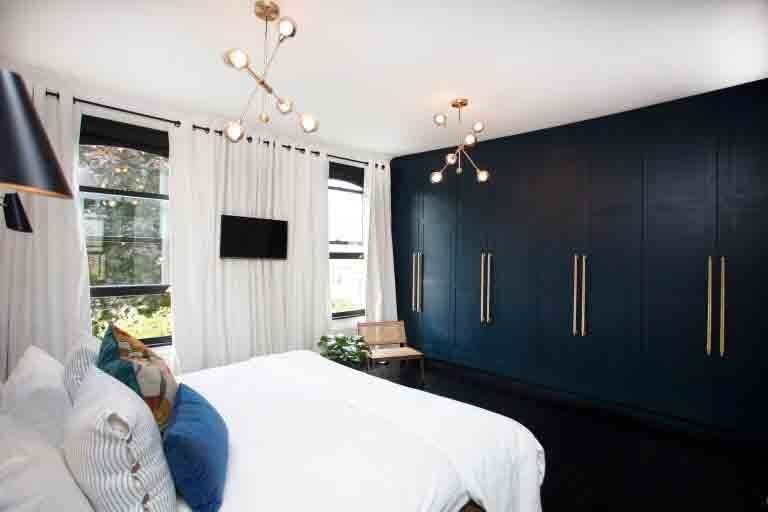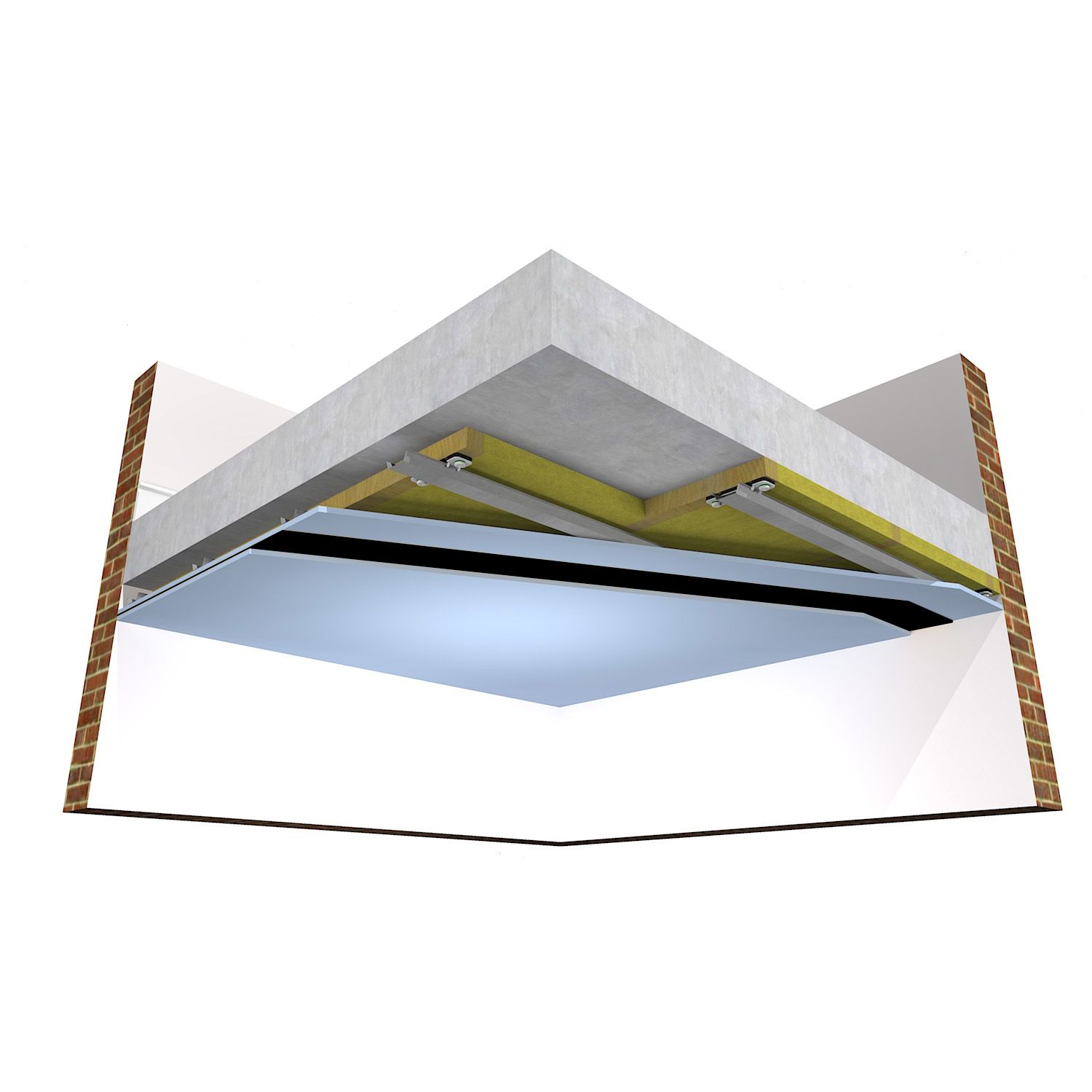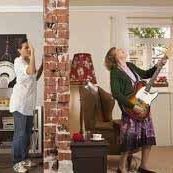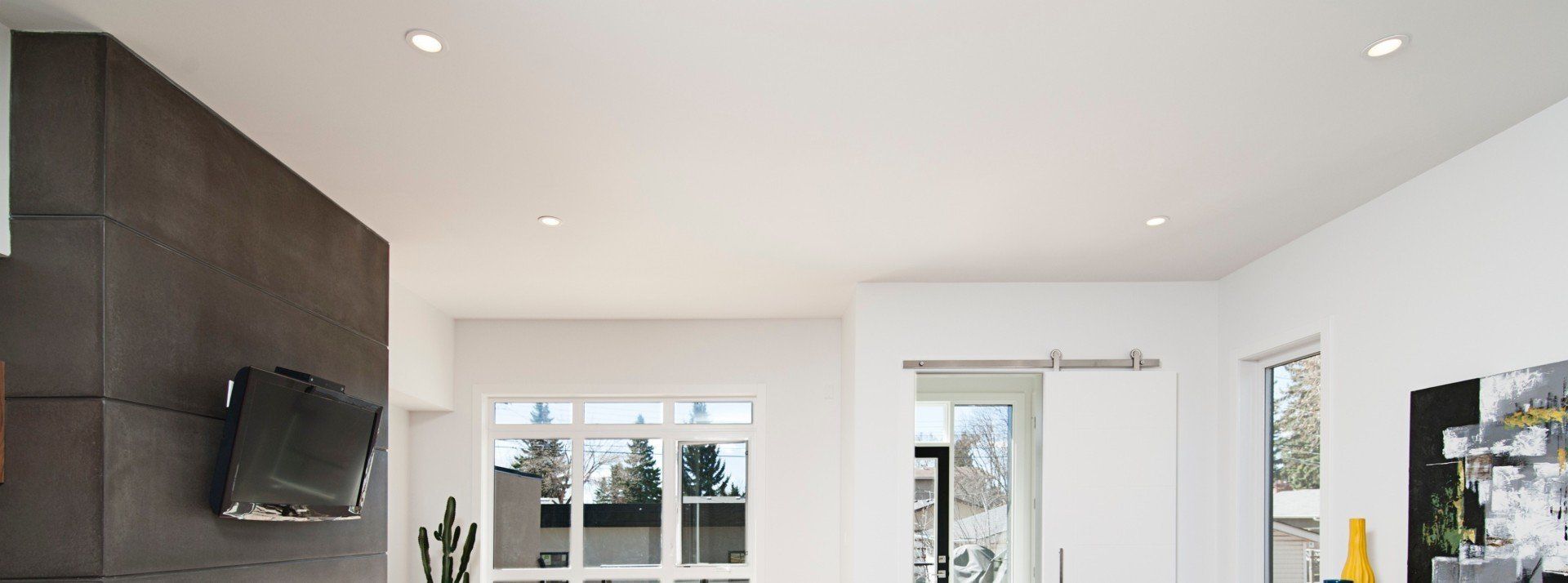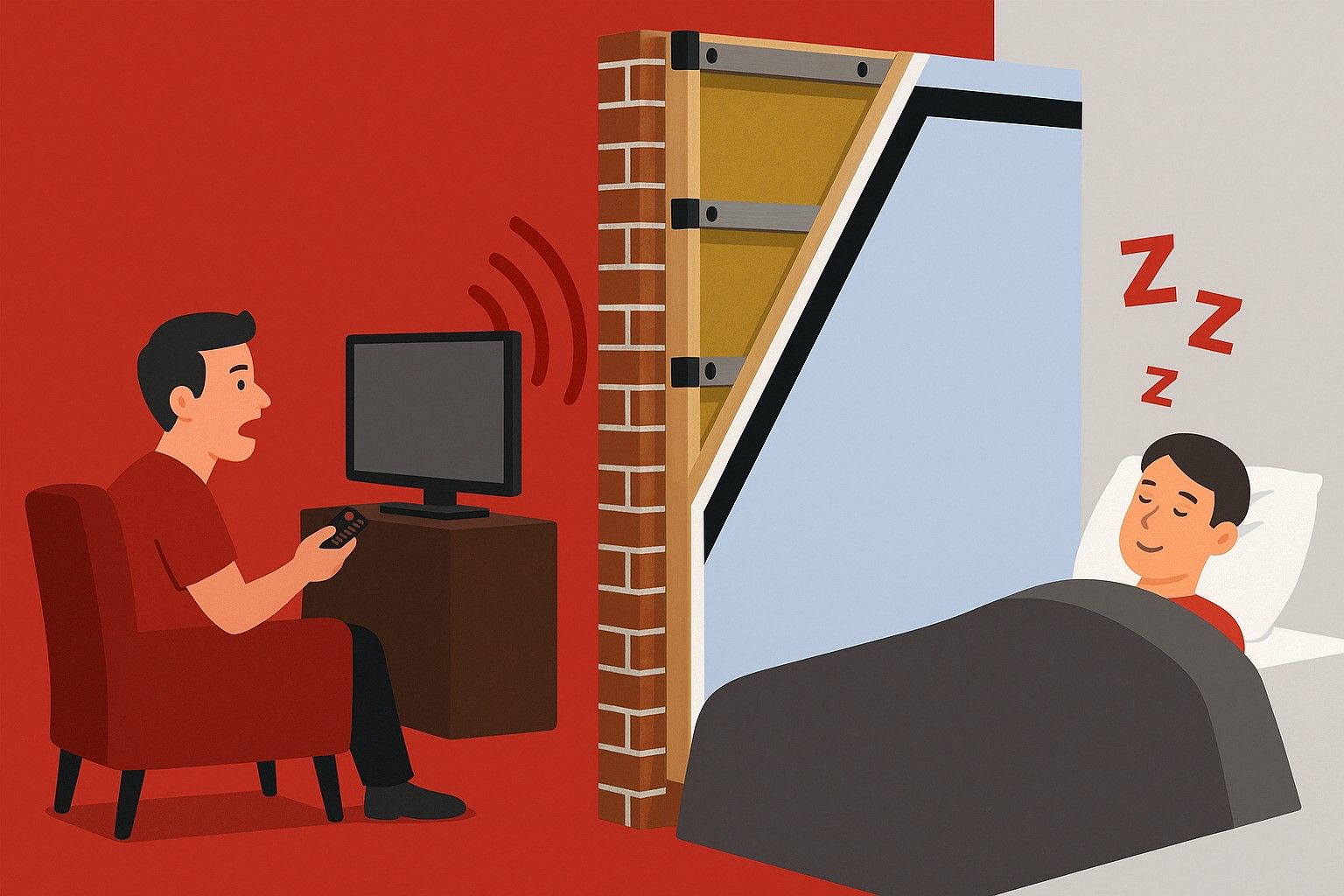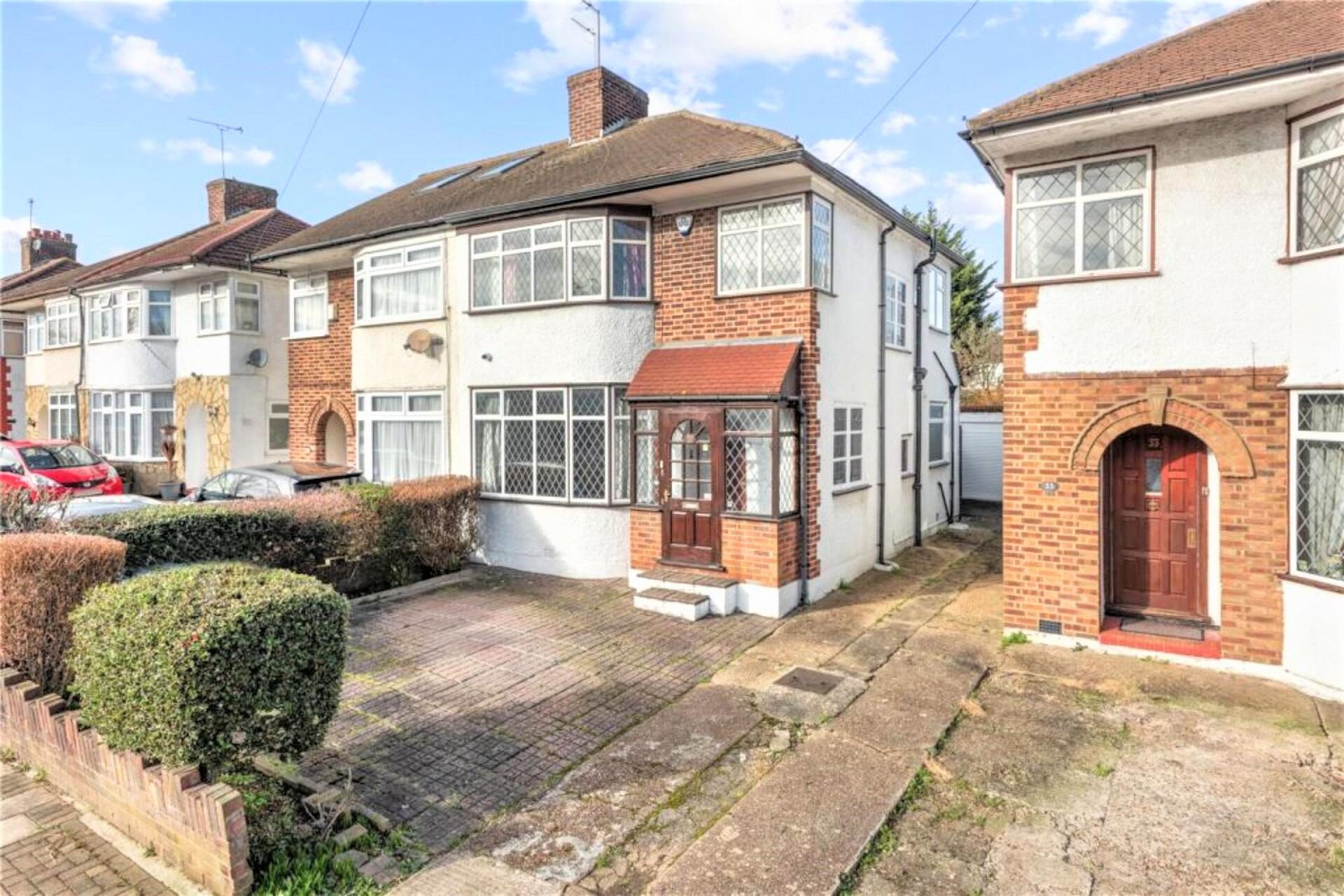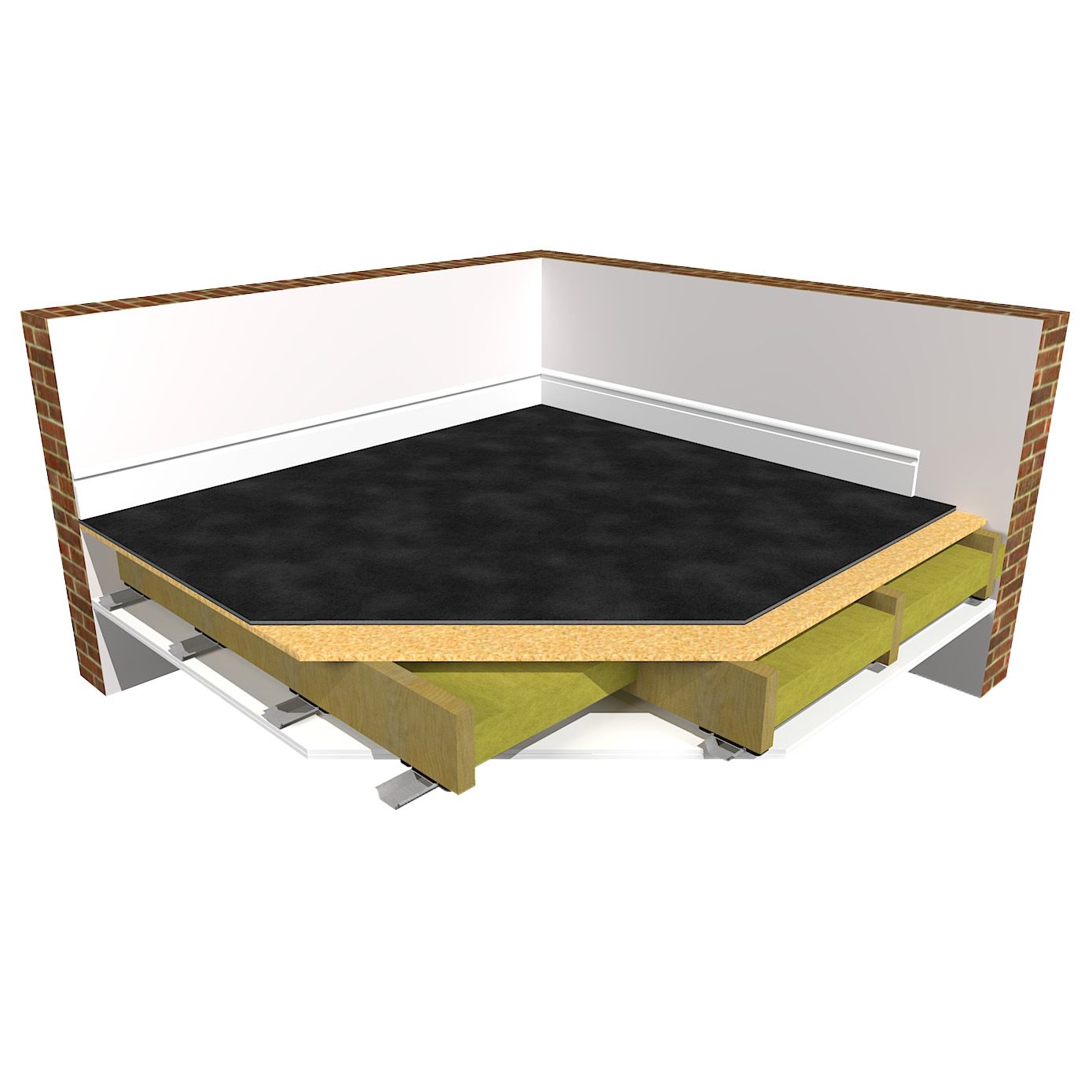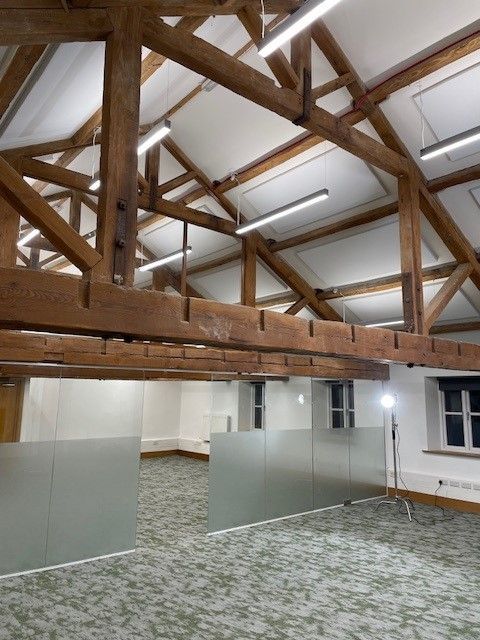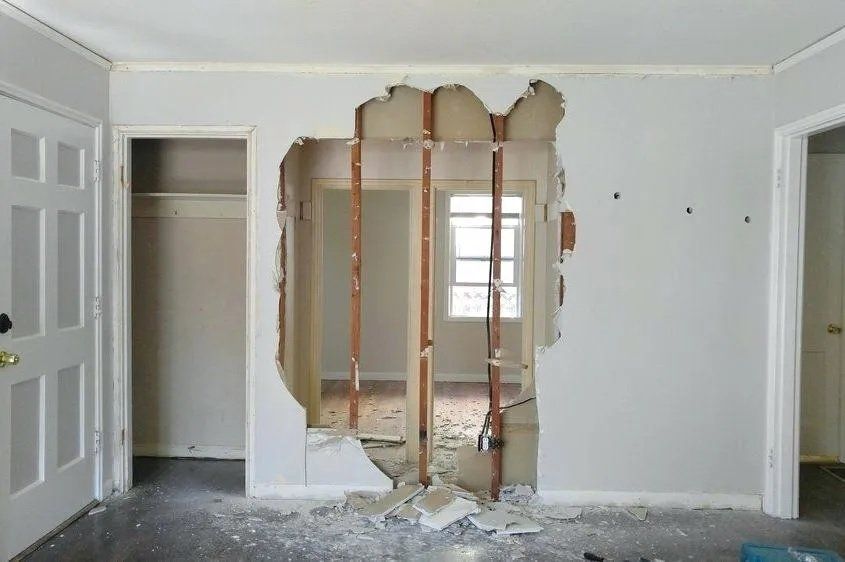Ceiling Soundproofing: Frequently Asked Questions
Often, in shared houses, or converted flats, the unwanted noise from neighbours above can be extremely common. A recent article in The Mail Online talks about what to do when living in a converted flat and being able to hear everything your neighbours do upstairs. Within this article, The Mail also called upon the expertise of The Soundproofing Store for the best soundproofing advice and sound insulation solutions.
Commonly asked questions and answers when soundproofing a ceiling
List of Services
-
Does soundproofing a ceiling work?List Item 1
Absolutely! Soundproofing a ceiling works by:
- Improving the mass of the ceiling by adding high mass / density materials
- Enabling the ceiling to absorb sound energy and vibrations (e.g. footsteps above) by de-coupling the addition of heavy materials from the original ceiling
- Using different materials of high mass. This is important, as different materials perform better for different sound frequencies. This is why using a combination of high mass materials performs better than simply using more of the same material.
-
What types of noise am I hearing?List Item 2
There are two main types of noise:
- Impact Noise e.g. Footsteps
- Airborne Noise e.g. Shouting and talking
It could be that you are experiencing one, or both of these from the room above.
-
Should I soundproof the floor or the ceiling?
If possible, the recommendation would be to always soundproof the floor above against impact noise. Absorbing impact noise at the source, (before it enters the structure) achieves a better result than absorbing the vibration from the ceiling below.
However, it isn't always possible to have access to the floor above, so soundproofing the ceiling is the next best option.
-
Does it matter what my ceiling is made of?List Item 3
It is important to determine if your ceiling is made of concrete, or timber joist as this will determine the correct buildup needed when soundproofing your ceiling. Also they type of ceiling i.e plasterboard or lath and plaster will affect your final results.
-
Is it important to know where the noise is coming from?List Item 4
It is important to know if the noise is coming from the room above, or below. If you are unsure, next time you near the unwanted noise, do a simple ear test by putting your ear to the floor and and even the walls to see if you can hear anything other than the noise coming from the room above.
In some cases noise can travel through the stucture of a property into other parts of the house. e.g. the noise from your neighbours footsteps above (in most cases) will be travelling directly through the ceiling above. However, in some instances it might also be travelling indirectly down the walls into the room below and this is called flanking noise.
-
What is the difference between sound absorption and soundproofing?
- Sound absorption is designed to reduce the echo and reverberation within a room. Sound absorption baffles and panels can often be seen on the ceilings and walls of offices, village halls, sports halls and restaurants.
- Soundproofing stops sound energy from transferring from one room into another room. Blocking it from entering a room and also blocking it from leaving a room.
-
Does the whole ceiling need soundproofing?
All of the ceiling needs soundproofing. Any gaps and the sound will find a way to still travel through. Soundproofing is similar to waterproofing and needs to be installed without any gaps.
-
Can I install ceiling soundproofing myself?
The ReductoClip ceiling soundproofing solutions at The Soundproofing Store can be fitted by a competent DIYer. We would always recommend two people, as effective soundproofing always includes the addition of mass and some of the materials are extremely heavy.
However, if you don't feel confident in doing it yourself, then simply ask a local tradesperson. The Soundproofing Store supply comprehensive installation guides and videos and are always on hand to answer any questions.
-
Does ceiling coving need removing prior to soundproofing?
Coving needs to be removed prior to installing The Soundproofing Store's ReductoClip ceiling systems. The coving can then be reinstated once the soundproofing has been installed.
-
Do I need to remove my existing ceiling?
The recommendation would be to remove the existing plasterboard, so it doesn't create a void for any sound to be trapped and resonate inside (the drum effect).
If your ceiling has lathe and plaster, our advice would be to also remove this.
This is to expose the cavities between the joists so acoustic Mineral Wool can be added to stop any sound from echoing and amplifying within this space.
-
How much space is lost from the ceiling height?
The ReductoClip Ceiling System is the thinnest clip system on the market, with minimal space loss. With only 60mm build up from the bottom of the timber joist to the final layer of plasterboard.
-
What lights can I fit after soundproofing my ceiling?
Cutting holes into soundproofing is always going to create a weakness. Therefore, recessed lighting wouldn't be advisable. Ideally slim LED surface mounted spotlights, or single pendant lighting that can be fixed onto the ceiling is the preferred option over and above lighting inside of the ceiling.
-
How much does it cost to soundproof a ceiling?
This depends on the size of the ceiling. Based on an average ceiling size of 4m x 4m using the ReductoClip ceiling system, the cost of materials would be £1,550-£1,650 (inc VAT).
-
What is the fire rating of a soundproof ceiling?
The fire rating of the ReductoClip Ceiling System gives a burn time of 60 minutes.
The Most Popular Ceiling Soundproofing Solution
The Soundproofing Store's most popular ceiling soundproofing solution is the ReductoClip Ceiling System. The thinnest clip system on the market. The total build up from the bottom of the timber joist to the final layer of plasterboard is an incredibly slim 60mm. The ReductoClip ceiling solution is the perfect sound insulation for reducing airborne and impact noise through ceilings. Suitable for noisy neighbours and in meeting Part E building regulations. This system is used in recording studios as well as domestic properties and the ReductoClips can also used on walls as an outstanding and high performing wall soundproofing solution.
ReductoClip Timber Ceilings
Ideal for high levels of impact and airborne noise on timber joisted ceilings (60mm thick)
ReductoClip Concrete Ceilings
Ideal for high levels of imapct and airborne noise on concrete ceilings (110mm thick)
How to soundproof a timber ceiling with the ReductoClip Ceiling Solution
"We don’t expect you to become an overnight expert in soundproofing, that’s what we’re here for."



